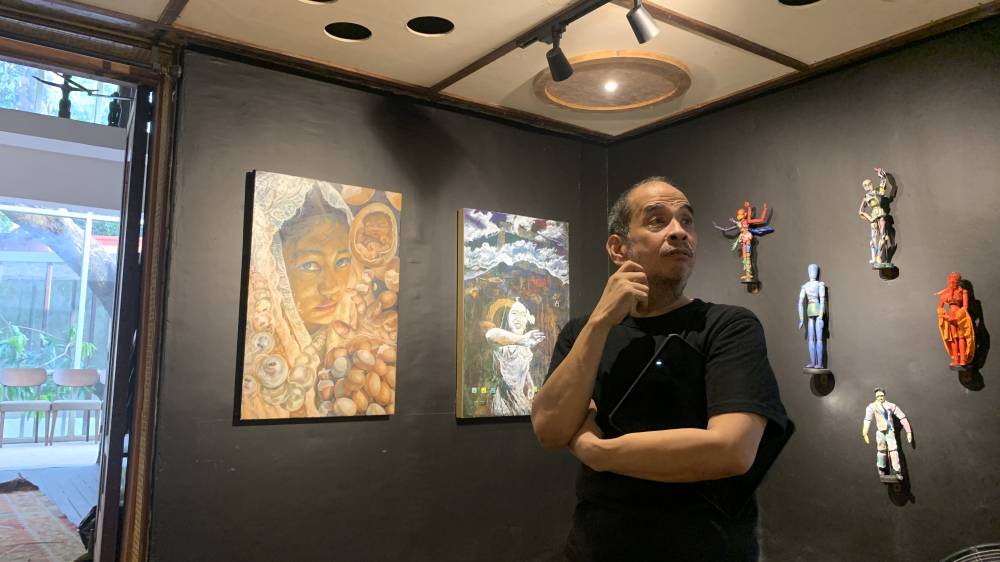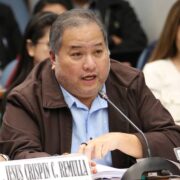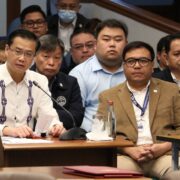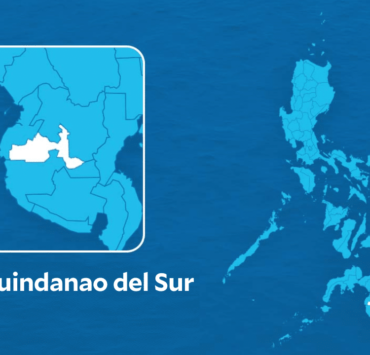In Zambales, artists return to roots for Zambulat Festival

SAN ANTONIO, ZAMBALES—For more than three decades, Casa San Miguel, the beloved arts sanctuary here has always been a place where stories breathe—in the rustle of its mango trees, the echo of its halls, the music drifting through its gardens.
Founded by violinist and cultural worker Alfonso Bolipata, the space transforms each year into an ever-evolving ecosystem where artists, musicians, dancers and actors grow alongside the local community.
Its legacy will again come alive in full vibrancy in December through Zambulat, the reimagined Pundaquit Festival first launched in 1993.
Zambulat—a word rooted in Zambales and “sambulat” (to scatter or burst forth)—captures the festival’s story: an artistic movement that began as a single spark and blossomed into a creative force spanning generations and communities.
This evolution, said Bolipata, did not happen overnight.
Shared growth
“It took persistence, patience and continuity—the slow, steady work of earning trust and weaving art into the everyday life of San Antonio,” Bolipata told the Inquirer on Thursday.
According to him, the community’s eventual acceptance and pride in the festival came largely through their educational and outreach programs, which bridged the gap between artist and audience.
“From in-house music training and teacher development, to public school workshops and livelihood projects, these efforts cultivated not only audiences, but future artists and cultural workers rooted in their own community,” Bolipata said.
This year’s edition of Zambulat gathers more than 120 artists from across Luzon—from Baguio and Tarlac to Lucban, Laguna, and throughout this province—creating a convergence of established names and emerging voices to showcase the richness of the country’s creativity.
Artists from the 1990s will also return to their roots, now exhibiting alongside new practitioners shaped by contemporary social and ecological realities.
All programs this year revolve around four interwoven pillars: community, identity, environment and healing. INQ
Community is fostered through workshops in pottery, mural-making, serigraphy, music, and storytelling that unite teachers, students, artisans, and residents.
Identity will also be explored through archival exhibits, retrospectives, and new works that trace the festival’s and community’s evolution.
Environment is emphasized in upcycling workshops and eco-conscious installations that highlight the link between creativity and caring for the land and sea.
Finally, healing emerges through performances and dialogues that use art as a path toward emotional and communal recovery.
The festival will have its preview with a kapihan (roundtable discussion) about the creative industry moderated by Ma. Victoria “Boots” Herrera, the director and chief curator of Ateneo Art Gallery; writing workshop with poet, Dr. Marjorie Evasco; book launch; and zine workshop exhibit.
It will officially start on Dec. 13 with the vernissage opening gala, a celebratory evening of art, performance, and community wherein they will open all the exhibits with cocktails, dinner and a concert. The celebration will continue until Feb. 14, 2026.
Art as sustenance
For Bolipata, and many artists, Zambulat is more than a festival, it is a testament to what art can do when it is allowed to take root. It is a homecoming—of artists, of memories, of shared histories—and at the same time, a renewal.
It celebrates art not as spectacle, but as sustenance: a continuing act of remembrance, resilience, and hope.
And as Bolipata often reminds those who come through Casa’s doors: “Arts, when nurtured with consistency and compassion, can reshape a place and its people from within.”

















